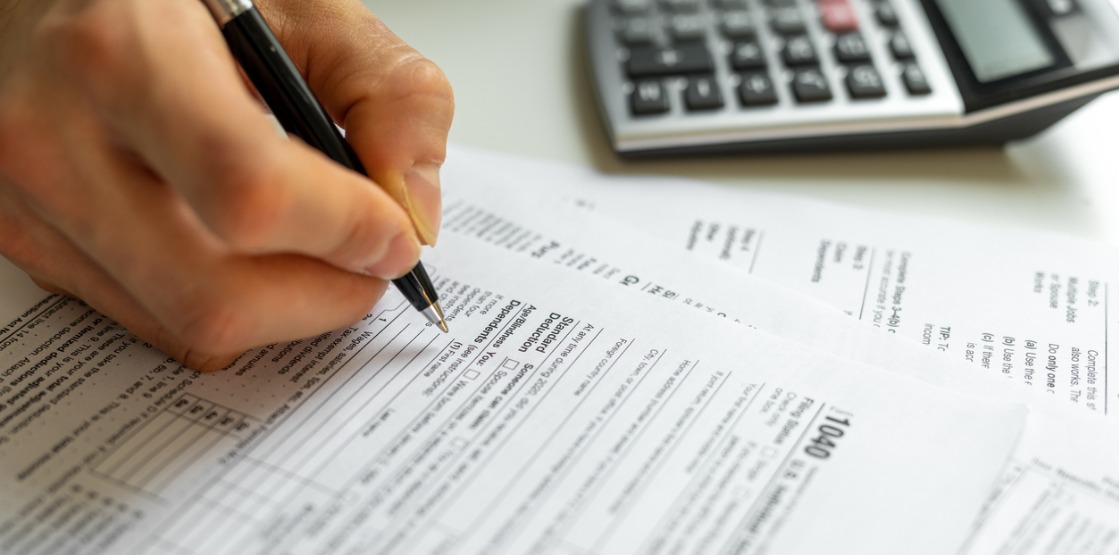It is not surprising that dealing with sales and use tax rates can get complicated quickly. Our 50 states contain a little over 3,000 different counties, and over 11,000 sales tax jurisdictions. Each state, county and city (incorporated or not) have unique use sales and use tax rates. Keeping update on all of them can easily feel overwhelming. This is where our DOTS FastTax service can step in to help. FastTax verifies the provided address and returns the applicable state, county, city and any special sales or use tax for that address. The service also provides additional details, like the county FIPS and if the address is in an incorporated or unincorporated area. Below we will discuss how FastTax works and how it can be simply integrated into you ecommerce and business platforms to ensure you have up-to-date tax rates.
FastTax Inputs: What Goes In?
We first want to understand what inputs help drive FastTax’s lookups. The ideal inputs are:
- Address
- Address2
- City
- State
- Zip
- TaxType
- LicenseKey
The address is the address you want to find the tax rate for, Address2 is for any secondary line info with the address, and City, State, and Zip are the address’ city, state, and zip code, respectively. As for TaxType, this is where you can choose to look up sale or use tax, with the only inputs being “sales” and “use.”
Not all these inputs are needed every time if you want to look up an address. FastTax will still return information even if it only has the zip code. In this case, it will return the rates for counties within this zip code, as there can be multiple counties within a zip code and there is no information to refine the result. Better yet, FastTax can provide an accurate rate even if it has only the address and the zip code. As long as these two pieces of information are available, FastTax can lean into our address validation expertise to correct and provide precise tax rates for the location.
FastTax Outputs: What Comes Out?
The first five outputs, Zip, City, County, StateName, and StateAbbreviation, all relate to the entered address. These are corrected and confirmed zip code, city, county, state, and abbreviated state of the address, respectively.
The most important data points returned are the following outputs:
- TaxType is the total sum of every applicable tax in the output
- StateRate is the tax rate for the address’ state
- CityRate is the tax rate for the address’ city
- CountyRate is the rate for the address’ county
- CountyDistrictRate is any additional special district tax rates for the county
- CityDistrictRate is any additional special district tax rates for the city
- SpecialDistrictRate is any additional tax rates that may be added to a total tax rate
These rates work together to display the tax rates of an address. It is important to remember that the tax rate to display can only be sales or use tax. What makes FastTax a great service is that it uses our pinpoint accuracy with addressing, a trait displayed in the first five outputs, to ensure that the tax rates are both correct in both rate and location.
Additional Outputs
Sales and use tax are not the entire story when it comes to FastTax. Since there are many exemptions when it comes to sales and use tax, there are several more outputs that help the viewer better understand how sales or use tax works in this location. These can each be found under InformationComponents in the output.
ClassFP is the ClASSFP code of the input address.
CountyFIPS is the FIPS code for the address’ county
IsUnincorporated is the most important output out of these additional outputs. This flag lets the user know if the address entered into FastTax is Unincorporated, essentially if it is a part of the city with which it is associated. This is important because if an address is unincorporated, then you do not apply CityRate to TotalRate.
These outputs offer more insight into both the address and the aspects of the address’ tax rate.
Seamlessly Integrates with Ecommerce and Business Applications
FastTax is easily integrated with leading ecommerce platforms, ERPs and billing software, ensuring that you have up-to-date tax rates and eliminating the need to perform bulk tax rate updates.













